Exercising at home has its advantages and disadvantages, but with clearly defined goals, whether you want to lose weight or shape your body, you can achieve it. How to start exercising at home, and what exercises you should choose to start, you can find all the answers here. This workout is designed so that anyone can do it, especially if you are a beginner. These are basic exercises that include basic movement patterns and exercises for the whole body.
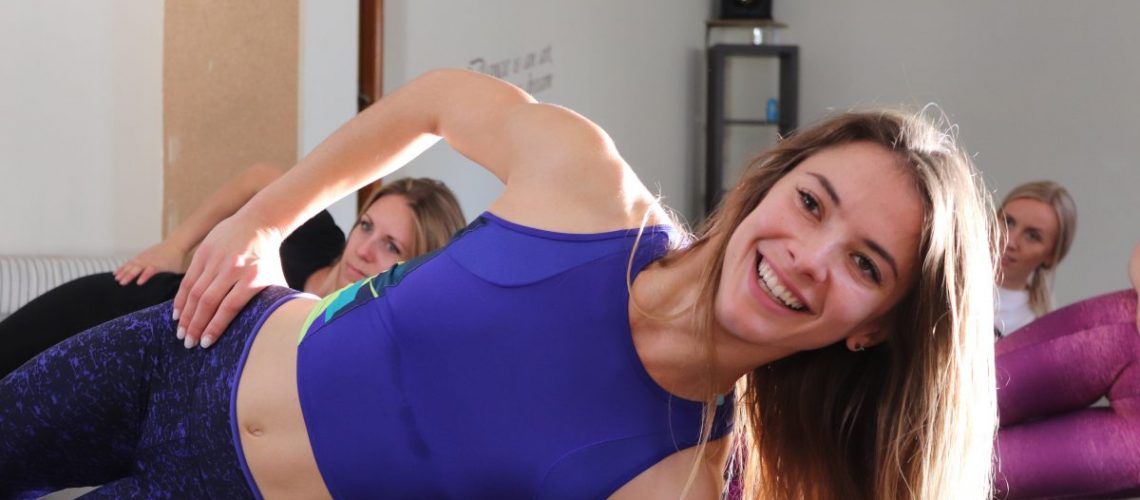
Attention!
Before you start doing the exercises, read the instructions for performing the exercises and try to get into the position of every exercise to make sure you understand how to perform them correctly.
The goal is to try to perform all 5 exercises, 3-5 rounds (depending on your physical condition). Rest 30 to 60 seconds (or more if needed) between each set.
Duration of the workout: 25-35 minutes
Necessary equipment: comfortable clothes and shoes, a hair tie, a towel, a water bottle + 2 additional bottles of water that we will use as a replacement for dumbbells.
You can do it!
Good luck!:)
Muscles engaged: glutes and quads (thigs)
Starting position: Stand with the feet shoulder-width apart, feet slightly rotated outwards, body weight distributed on both feet evenly.
Tilt the head, neck and shoulders back, tuck the pelvis under the torso to achieve a neutral position of the spine – a double-curved letter S, we avoid the so-called hyperlordosis. Activate the muscles of the torso (imagine a punch to the stomach, the automatic reaction is to contract, squeeze the abdominal muscles.)
The arms are in front of the body, bent at the elbows in front of the chest.
How to perform the exercise: Push the hips back, push the knees outwards, keep your back straight, and lower yourself to the floor until your thighs are parallel to the floor. When you go down, start with a controlled inhale, while we go back up with a controlled exhalation. So: inhale down, exhale up. We repeat this exercise 10-15 times.
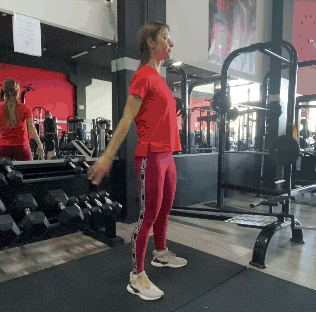
Muscles engaged: chest, triceps, shoulders and abs
Starting position: Keep a neutral position of the spine as in the previous exercise and make one large step away from the wall, facing the wall. Feet shoulder-width apart but this time without foot rotation. Place your open palms on the wall at chest level and lean your outstretched palms and torso against the wall.
How to perform the exercise: We bend our elbows slowly and in a controlled manner and approach the wall with our body. When we reach the end point, we push the palms back to the starting position. Inhale when you go towards the wall, exhale when you go back. We repeat the exercise 10-12x.
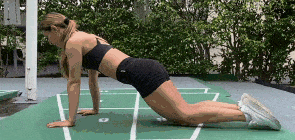
Muscles engaged: glutes and hamstrings
Starting position: Stand with your feet shoulder width apart, but bear in mind that the width of the position changes according to the structure and anatomy of the person. So maybe standing with your feet wider apart will suit you better and standing with my feet less wide apart will better suit me. Feet and toes slightly rotated outwards, body weight distributed on both feet.
Put your head, neck, shoulders, spine and hips in a neutral position, the same as with squats. Hands and palms outstretched along the body.
The body or torso is firm and stable, activate the torso muscles.
How to perform the exercise: Push the hips back in a controlled manner and bend forward with the body, ie with the chest towards the legs. You should feel tightening in the hamstrings and gluteus.
When performing the exercise, the legs are straight but the knees are slightly bent. Do not “lock” them. When you reach the end point (the tightening is the strongest,) then slowly return to the starting position. Pay attention when returning to the starting position; namely, when you’re returning the torso to the starting position, the movement should start from the hips.
Push the hips forward and consequently, your torso will straighten and come to the starting position. Repeat the exercise 10-15 times.
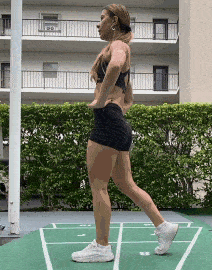
Muscles engaged: upper arm muscle, biceps (brachi)
Necessary equipment: two water bottles
Starting position: We take one water bottle in each hand and point our palms forward.
Stand shoulder-width apart, feet rotated outward. Activate the muscles of the torso, the spine is in a neutral position. Shoulders lowered and rotated backward to open shoulder and chest.
The arms are outstretched to the body, the elbows are pressed against the chest and do not separate from it during the exercise.
When performing the exercise, be careful not to lean your body forward or backward. Any such compensation (facilitating the performance of the exercise) reduces the load on the target muscle and burdens other muscles unnecessarily.
How to perform the exercise: At the same time, begin to bend both forearms in the elbow in a controlled manner until your forearms become parallel to the chest. The action of bending starts with the exhale, and the extension of the elbow with the inhale. We repeat the exercise 10-12 times.
Muscles engaged: abs, pelvic floor muscles, glutes, arms and shoulders.
Starting position: Let’s put the body in the “all fours” position: get down on your knees, arms outstretched.
Place hands directly under your shoulders, slightly wider. Stabilize the torso muscles to prevent torso decay. Then stretch the legs, one by one, and place the body in the plank position. The head must be in extension with the spine, be careful not to raise or lower your gaze.
How to perform the exercise: Once you are in the correct plank position, your goal is to maintain the position for about 20 seconds without the torso collapsing or twisting the head. You can repeat the exercise 3-5 times for 10-20 seconds for beginners.

Working out at home will bring you many benefits. If you’ve already started, just keep going. If you are still wondering whether you should start, I want to tell you the advantages and benefits to this way of working out and exercising.
First, you will have more money and a more flexible schedule.
Less stress due to no worries about traffic and public transportation, more freedom, better hygienic conditions, selection of music as desired, better warm-ups and stretching, better post-workout meals.
Before you start with the workout, invest 5 minutes of your time to warm up. It is important not to skip the warmup because warm-up raises the body temperature, activates muscles, mobilizes joints and prepares the body for complex movements.
This way, you prevent the possibility of injury and prepare the cardiovascular, locomotor and neurological systems for the best performance.
In the main part of the workout, we move on to specific weight exercises and body parts. You can do the exercises with your own body weight or use workout equipment. Also, you can divide the workout according to muscle groups or ypu can work the whole body at once. Today we are going to do an example of a full body workout.
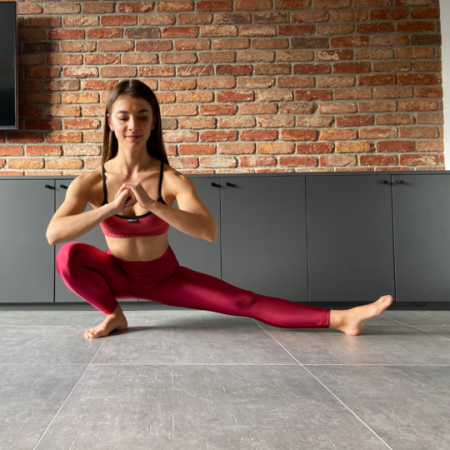
Before you start, keep the following things in mind:
After you finish with your training, stretch your muscles. This will prevent injuries and improve muscle regeneration (recovery.)